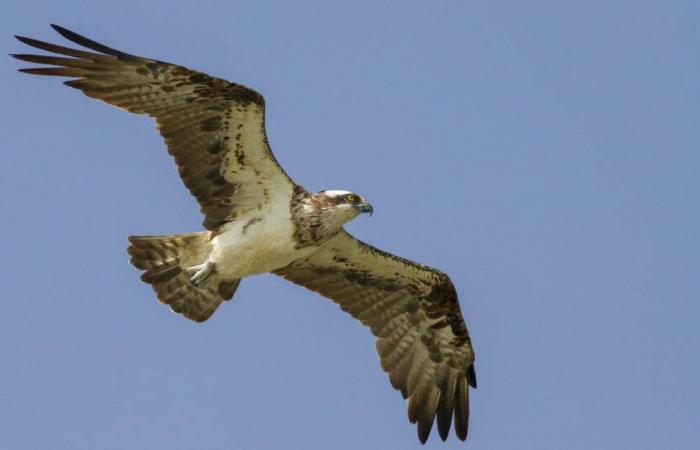The Liberation of Animals
Article reserved for subscribers
Same island, same tree, same partner. Every winter, birds of prey, close to the eagle, leave Europe for a long migration towards the Barbarie language, off the coast of West Africa. On site, volunteer ornithologists record them.
All articles from Freed from animals, on newsstands December 24 and 25, can be read here.
Seen from the coast, the Barbarie tongue is just a white net, a thin stretch of beaches and dunes. Then the casuarina trees and mangroves with arched roots appear, as the royal blue canoe which left this October morning the village of Dégou Niaye, 200 km north of Dakar, progresses. Its sudden pitch, near the mouth of the Senegal River, hardly shakes Moussa Niang, standing on a hold, binoculars slung over his shoulder, tracksuit pulled up to his knees. A volunteer ornithologist, he has been passionate about migratory birds and his intermittent neighbors since childhood.
Like these pelicans which colonize a sandbank, or further away, these gray herons with their cautious approach. As for these noisy white birds with black caps and tails that wave above the water and dive with their beaks – pointed and bright orange – first, “these are Caspian terns” : “Good fishermen, but very aggressive during reproduction.” A familiar ballet, in the eyes of Moussa, who ardently scans the place in search of the «bulb»a local authority. And finally sees him.
“Balbu”, for osprey, is a pisc bird of prey
Local
Senegal






